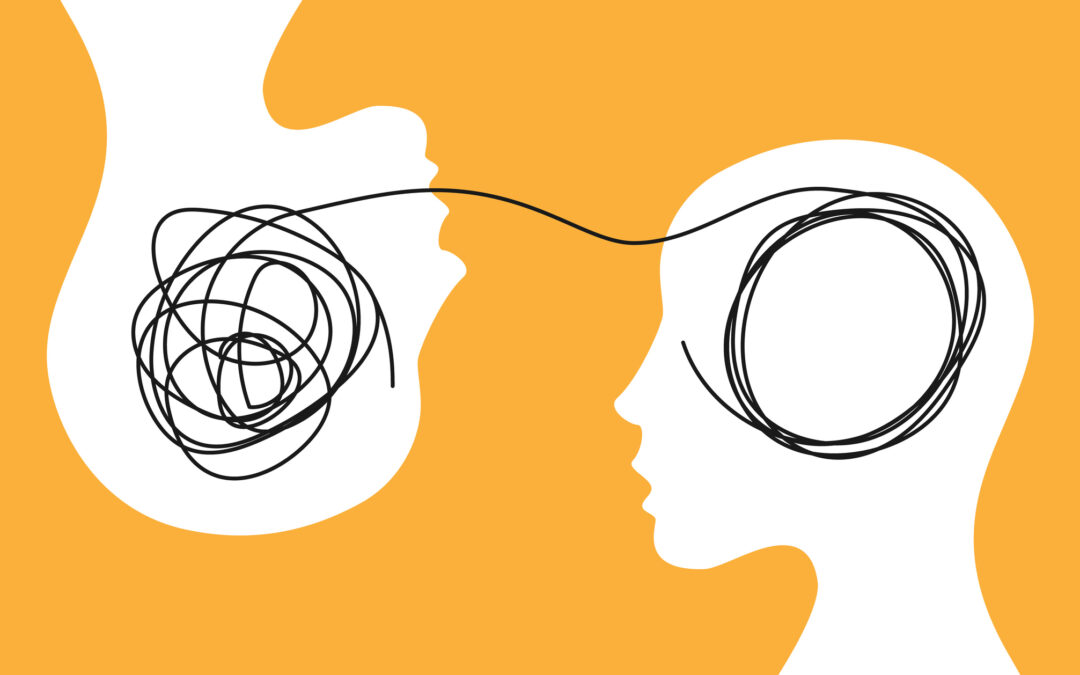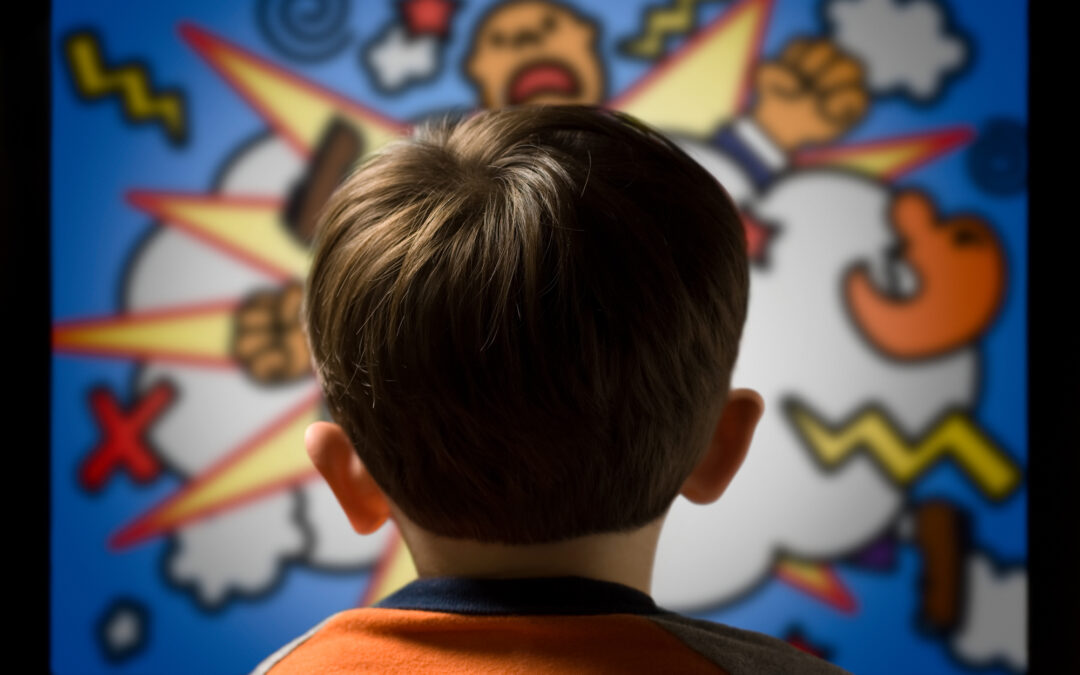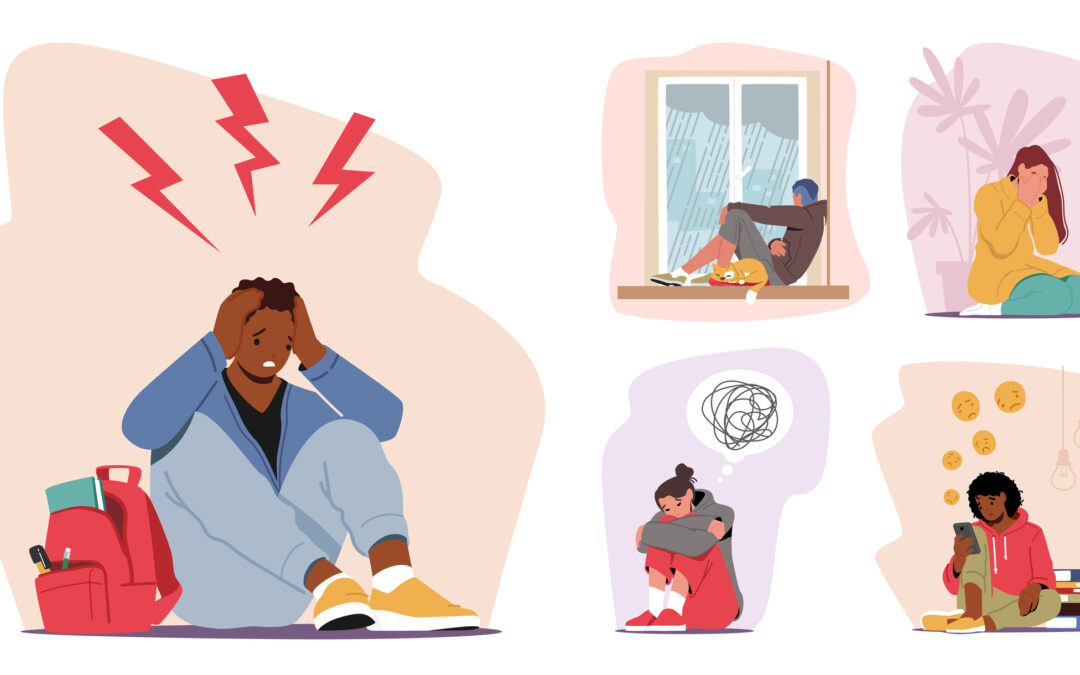Yoga postures, breathwork, and meditation can support mental health – from daily stress, frustration, and sadness to clinical anxiety, depression, and trauma so that you, your loved ones, and those you serve can benefit from a holistic practice to feel better. Yoga can be a powerful adjunct to traditional mental health treatments like psychotherapy and medication, but shouldn’t be used as a replacement for those interventions.
- Yoga can help us find balance in our nervous systems.
When our nervous systems get out of whack, we might find ourselves stuck too revved up (hyperarousal or fight-or-flight) or not able to get our engine going (hypoarousal or shut down).
If we’re feeling too low energy, depleted, lethargic, sluggish, or depressed we can do certain movements, poses, and breathing techniques to increase our energy. Try yoga poses that are standing, backbends, side bends, and flowing, faster movements. Try breathing with a longer inhale and try turning the lights on brighter or putting energizing music on. Studio classes in this category might be Vinyasa or Hatha.
If we’re feeling high energy, stressed, anxious, rushed, flighty, or irritable we can do different things to bring that energy down. Try seated poses or ones on the back, forward bends and twists at a slow pace or even held for a few minutes. Try making the exhale longer and dim the lights or put on calming music. Studio classes to look for include Yin, Restorative, and Gentle.
- Yoga can improve brain functioning and overall daily functioning.
When we moderate and calm our breathing, this sends signals to our brain to lower cortisol and adrenaline – two hormones present when we are stressed or anxious – slowing the heart rate, reducing blood pressure, improving sleep, and improving digestion.
Yoga and other mindfulness practices help improve attention, memory, and emotional resilience. We spend a lot of time moving through the world without paying much attention to the details or embodying our own bodies. Mindfulness practice, or paying attention fully to the present moment and present experience without judging it, helps us become aware of what is really happening in the present moment. This helps us find response instead of reaction by taking a breath and reflecting on what is going on around us.
- Yoga helps trauma survivors.
Yoga has been found to be more effective than some more traditional talk therapies at supporting trauma survivors. Oftentimes when we experience a trauma that hits us hard, we might have feelings of dissociation like we don’t quite fit in our bodies or the world around us. Or we might feel like we are reliving events from the past. Yoga can help us bring ourselves back into our bodies and into the here and now. Grounding techniques in which we draw attention to our feet as we stand or our legs as we sit help us to feel present. We can practice this in our yoga postures and throughout the day.
- Yoga builds reconnection to the self and improves self-worth.
Yoga can help us prioritize self-care, carving out that hour of time that is just for us so that we can go back to doing the awesome things that we do with more energy to give. As we gain flexibility, strength, and endurance to get through difficult classes, poses, and days, we might find ourselves feeling more confident not just on the mat but off it. We might even feel greater appreciation and acceptance of our bodies for being able to take us through yoga classes.
As we gain more awareness of how our bodies feel when we practice yoga, we might start to prioritize other things that make us feel good in our bodies like improving sleep, eating healthfully, and putting down the stress of work, family, friends, and life when we prioritize self-care.
- Yoga comes with a community.
Whether you’re practicing with a video or in a studio, you’re practicing with others, a global community of people just like you, seeking wellness in their lives. Interconnectedness and compassion promote healing on all levels. When we breathe and move in unison with others, our nervous systems start to coregulate and attune to each other. In a society of so much running around and doing and trying to obtain, spending some time to be in harmony with others is crucial. For those who feel disconnected from self and others, coming to the studio and seeing the same familiar faces week to week can help build that missing support and connectedness.
- Yoga might be the thing to make us feel more whole.
The word “yoga” derives from the Sanskrit word “yuj” meaning “to yoke” or “union.” This union can mean many things, but for me it means bringing together all parts of the self that have been fragmented – the physical body and its sensations, the breath, the mind and its thoughts, the emotions, and the spirit or soul that makes each of us alive and vibrant and unique. When we move our bodies and breath together in unison, these elements start to come together and many people start to say they feel more aligned with themselves, more relaxed, more balanced, or like they’re coming home.
We want you to have the best success on your yoga journey and we’re here to answer any questions you have. We would love to direct you to the perfect class for your needs, experience, and background. Please email us at Simply Yoga and we’ll get you started on your wellness journey.











